Acondroplasia una Revisión Sistemática y Comprensiva de la Literatura
Resumen
La acondroplasia es la más común de las displasias esqueléticas que resultan en una baja estatura marcada (enanismo). Aunque su fenotipo clínico y radiológico se ha descrito durante más de 50 años, aún queda mucho por aprender sobre los problemas médicos que surgen como consecuencia de este diagnóstico, la mejor manera de diagnosticarlos y abordarlos, y si las estrategias preventivas puede mejorar los problemas que pueden comprometer la salud y el bienestar de las personas afectadas. Esta revisión proporciona una discusión actualizada de las necesidades de atención de las personas con acondroplasia y una exploración de los límites de la evidencia disponible con respecto a las recomendaciones de atención, las controversias que existen actualmente y las muchas áreas de ignorancia que quedan.
Descargas
Citas
Trotter TL, Hall JG. Health supervision for children with achondroplasia. Pediatrics. 2005;116:771–781. doi: 10.1542/peds.2005-1440.
Wright MJ, Irving MD. Clinical management of achondroplasia. Arch Dis Child. 2012;97:129–134. doi: 10.1136/adc.2010.189092.
Ireland PJ, Pacey V, Zankl A, Edward P, Johnston LM, Savarirayan R. Optimal management of complications associated with achondroplasia. Appl Clin Genet. 2014;7:117–125. doi: 10.2147/TACG.S51485.
Pauli RM, Botto LD. Achondroplasia. In: Cassidy SB, Battaglia A, Carey J, Viskochil DH, editors. Management of Genetic Syndromes. 4. New York: Wiley; 2018.
Horton WA, Hall JG, Hecht JT. Achondroplasia. Lancet. 2007;370:162–172. doi: 10.1016/S0140-6736(07)61090-3.
Baujat G, Legeai-Mallet L, Finidori G, Cormier-Daire V, Le Merrer M. Achondroplasia. Best Pract Res Clin Rheumatol. 2008;22:3–18. doi: 10.1016/j.berh.2007.12.008.
Pauli RM, Legare J. Achondroplasia. In: Adam MP, Ardinger HH, Pagon RA, Wallace SE, editors. GeneReviews. 2018.
Pauli RM, Horton VK, Glinski LP, Reiser CA. Prospective assessment of risks for cervicomedullary-junction compression in infants with achondroplasia. Am J Hum Genet. 1995;56:732–744.
Ireland PJ, Donaghey S, McGill J, Zankl A, Ware RS, Pacey V, Ault J, Savarirayan R, Sillence D, Thompson E, Townshend S, Johnston LM. Development in children with achondroplasia: a prospective clinical cohort study. Dev Med Child Neurol. 2012;54:532–537. doi: 10.1111/j.1469-8749.2012.04234.x.
Hoover-Fong JE, Bober M, Hashmi S, Hecht J, Legare J, Little M, McGready J, Pauli R, Schulze K, Serna E, Smid C, Alade AY. Achondroplasia natural history: the power of a multi-center clinical study. Bruges: International Skeletal Dysplasia Society; 2017.
Enderle A, Meyerhöfer D, Unverfehrt G. Small people-great art. Restricted growth from an artistic and medical viewpoint. Hamm: Artcolor; 1994.
Langer LO, Baumann PA, Gorlin RJ. Achondroplasia. Am J Roentgenol. 1967;100:12–26. doi: 10.2214/ajr.100.1.12.
Waller DK, Correa A, Vo TM, Want Y, Hobbs C, Langlois PH, Pearson K, Romitti PA, Shaw GM, Hecht JT. The population-based prevalence of achondroplasia and thanatophoric dysplasia in selected regions of the US. Am J Med Genet A. 2008;146A:2385–2389. doi: 10.1002/ajmg.a.32485.
Moffitt KB, Abiri OO, Scheuerle AE, Langlois PH. Descriptive epidemiology of selected heritable birth defects in Texas. Birth Defects Res A Clin Mol Teratol. 2011;91:990–994. doi: 10.1002/bdra.22859.
Barbosa-Buck CO, Orioli IM, Dutra MG, Lopez-Camelo J, Castilla EE, Cavalcanti DP. Clinical epidemiology of skeletal dysplasias in South America. Am J Med Genet A. 2012;158A:1038–1045. doi: 10.1002/ajmg.a.35246.
Stevenson DA, Carey JC, Byrne JLB, Srisukhumbowornchai S, Feldkamp ML. Analysis of skeletal dysplasias in the Utah population. Am J Med Genet A. 2012;158A:1046–1054. doi: 10.1002/ajmg.a.35327.
Orioli IM, Castilla EE, Scarano G, Mastroiacovo P. Effect of paternal age in achondroplasia, thanatophoric dysplasia, and osteogenesis imperfecta. Am J Med Genet. 1995;59:209–217. doi: 10.1002/ajmg.1320590218.
Reiser CA, Pauli RM, Hall JG. Achondroplasia: unexpected familial recurrence. Am J Med Genet. 1984;19:245–250. doi: 10.1002/ajmg.1320190206.
Mettler G, Fraser FC. Recurrence risk for sibs of children with “sporadic” achondroplasia. Am J Med Genet. 2000;90:250–251. doi: 10.1002/(SICI)1096-8628(20000131)90:3<250::AID-AJMG13>3.0.CO;2-3.
Sobetzko D, Braga S, Rüdeberg A, Superti-Furga A. Achondroplasia with the FGFR3 1138 g->a (G380R) mutation in two sibs sharing a 4p haplotype derived from their unaffected father. J Med Genet. 2000;37:958–959. doi: 10.1136/jmg.37.12.958.
Henderson S, Sillence D, Loughlin J. Germline and somatic mosaicism in achondroplasia. J Med Genet. 2000;37:956–958. doi: 10.1136/jmg.37.12.956.
Natacci F, Baffico M, Cavallari U, Bedeschi MF, Mura I, Paffoni A, Setti PL, Baldi M, Lalatta F. Germline mosaicism in achondroplasia detected in sperm DNA of the father of three affected sibs. Am J Med Genet A. 2008;146A:784–786. doi: 10.1002/ajmg.a.32228.
Pauli RM. Dominance and homozygosity in man. Am J Med Genet. 1983;16:455–458. doi: 10.1002/ajmg.1320160403.
Pauli RM, Conroy MM, Langer LO, McLone DG, Naidich T, Franciosi R, Ratner IM, Copps SC. Homozygous achondroplasia with survival beyond infancy. Am J Med Genet. 1983;16:459–473. doi: 10.1002/ajmg.1320160404.
Hall JG. The natural history of achondroplasia. Basic Life Sci. 1988;48:3–9.
McKusick V, Kelly T, Dorst J. Observations suggesting allelism of the achondroplasia and hypochondroplasia genes. J Med Genet. 1973;10:11–16. doi: 10.1136/jmg.10.1.11.
Sommer A, Young-Wee T, Frye T. Achondroplasia-hypochondroplasia complex. Am J Med Genet. 1987;26:949–957. doi: 10.1002/ajmg.1320260426.
Huggins MJ, Smith JR, Chun K, Ray PN, Shah JK, Whelan DT. Achondroplasia-hypochondroplasia complex in a newborn infant. Am J Med Genet. 1999;84:396–400. doi: 10.1002/(SICI)1096-8628(19990611)84:5<396::AID-AJMG2>3.0.CO;2-L.
Bober MB, Taylor M, Heinle R, Mackenzie W. Achondroplasia-hypochondroplasia complex and abnormal pulmonary anatomy. Am J Med Genet A. 2012;158A:2336–2341. doi: 10.1002/ajmg.a.35530.
Flynn MA, Pauli RM. Double heterozygosity in bone growth disorders. Four new observations and review. Am J Med Genet A. 2003;121A:193–208. doi: 10.1002/ajmg.a.20143.
Gomes MES, Kanazawa TY, Riba FR, Pereira NG, Zuma MCC, Rabelo NC, Sanseverino MT, Horovitz DDG, Lierena JC, Cavalcanti DP, Gonzalez S. Novel and recurrent mutations in the FGFR3 gene and double heterozygosity cases in a cohort of Brazilian patients with skeletal dysplasia. Mol Syndromol. 2018;9:92–99. doi: 10.1159/000486697.
Young ID, Ruggins NR, Somers JM, Zuccollo JM, Rutter N. Lethal skeletal dysplasia owing to double heterozygosity for achondroplasia and spondyloepiphyseal dysplasia congenita. J Med Genet. 1992;29:831–833. doi: 10.1136/jmg.29.11.831.
Gunthard J, Fliegel C, Ohnacker H, Rutishauser M, Buhler E. Lung hypoplasia and severe pulmonary hypertension in an infant with double heterozygosity for spondyloepiphyseal dysplasia congenita and achondroplasia. Clin Genet. 1995;48:35–40. doi: 10.1111/j.1399-0004.1995.tb04051.x.
Langer LO, Schaefer GB, Wadsworth DT. Patient with double heterozygosity for achondroplasia and pseudoachondroplasia with comments on these conditions and the relationship between pseudoachondroplasia and multiple epiphyseal dysplasia, Fairbank type. Am J Med Genet. 1993;47:772–781. doi: 10.1002/ajmg.1320470535.
Ross JL, Bellus G, Scott CI, Abboudi J, Grigelioniene G, Zinn AR. Mesomelic and rhizomelic short stature: the phenotype of combined Leri-Weill dyschondrosteosis and achondroplasia or hypochondroplasia. Am J Med Genet A. 2003;116A:61–65. doi: 10.1002/ajmg.a.10807.
De Azeveido Moreira LM, Matos MA, Schiper PP, Carvalho AFL, Gomes IC, Rolemberg JC, Ferreira de Lima RLL, Toralles MBP. Co-occurrence of achondroplasia and Down syndrome: genotype/phenotype association. Birth Defects Res A Clin Mol Teratol. 2010;88:228–231.
Kaga A, Murotsuki J, Kamimura M, Kimura M, Saito-Hakoda A, Kanno J, Hoshi K, Kure S, Fujiwara I. Association of achondroplasia with Down syndrome: difficulty in prenatal diagnosis by sonographic and 3-D helical computed tomographic analyses. Congenit Anom (Kyoto) 2015;55:116–120. doi: 10.1111/cga.12097.
Shiang R, Thompson IM, Zhu YZ, Church DM, Fielder TJ, Bocian M, Winokur ST, Wasmuth JJ. Mutations in the transmembrane domain of FGFR3 cause the most common genetic form of dwarfism, achondroplasia. Cell. 1994;78:335–342. doi: 10.1016/0092-8674(94)90302-6.
Rousseau F, Bonaventure J, Legeai-Mallet I, Pelet A, Rozet JM, Maroteaux P, Le Merrer M, Munnich A. Mutations in the gene encoding fibroblast growth factor receptor-3 in achondroplasia. Nature. 1994;371:252–254. doi: 10.1038/371252a0.
Bellus GA, Hefferon TW, Ortiz de Luna RI, Hecht JT, Horton WA, Machado M, Kaitila I, McIntosh I, Francomano CA. Achondroplasia is defined by recurrent G380R mutations in FGFR3. Am J Hum Genet. 1995;56:368–373.
Goriely A, Wilkie AO. Paternal age effect mutations and selfish spermatogonial selection: causes and consequences for human disease. Am J Hum Genet. 2012;90:175–200. doi: 10.1016/j.ajhg.2011.12.017.
Arnheim N, Calabrese P. Germline stem cell competition, mutation hot spots, genetics disorders, and older fathers. Annu Rev Genom Hum Genet. 2016;17:219–243. doi: 10.1146/annurev-genom-083115-022656.
Eswarakumar VP, Lax I, Schlessinger J. Cellular signaling by fibroblast growth factor receptors. Cytokine Growth Factor Rev. 2005;16:139–149. doi: 10.1016/j.cytogfr.2005.01.001.
Horton WA, Degnin CR. FGFs in endochondral skeletal development. Trends Endocrinol Metab. 2009;20:341–348. doi: 10.1016/j.tem.2009.04.003.
Delezoide AL, Benoist-Lasselin C, Legeai-Mallet L, Le Merrer M, Munnich A, Vekemans M, Boneventure J. Spatio-temporal expression of FGFR 1, 2 and 3 genes during human embryo-fetal ossification. Mech Dev. 1998;77:19–30. doi: 10.1016/S0925-4773(98)00133-6.
Maher GJ, Goriely A, Wilkie AO. Cellular evidence for selfish spermatogonial selection in aged human testes. Andrology. 2014;2:304–314. doi: 10.1111/j.2047-2927.2013.00175.x.
Thomson RE, Kind PC, Graham NA, Etherson ML, Kennedy J, Fernandes AC, Marques CS, Hevner RF, Iwata T. Fgf receptor 3 activation promotes selective growth and expansion of occipitotemporal cortex. Neural Devel. 2009;4:4. doi: 10.1186/1749-8104-4-4.
Narayana J, Horton WA. FGFR3 biology and skeletal disease. Connect Tissue Res. 2015;56:427–433. doi: 10.3109/03008207.2015.1051224.
Laederich MB, Horton WA. Achondroplasia: pathogenesis and implications for future treatment. Curr Opin Pediatr. 2010;22:516–523. doi: 10.1097/MOP.0b013e32833b7a69.
Webster MK, Donoghue DJ. Constitutive activation of fibroblast growth factor receptor 3 by the transmembrane domain point mutation found in achondroplasia. EMBO J. 1996;15:520–527. doi: 10.1002/j.1460-2075.1996.tb00384.x.
Li Y, Mangasarian K, Mankukhani A, Basilico C. Activation of FGF receptors by mutations in the transmembrane domain. Oncogene. 1997;14:1397–1406. doi: 10.1038/sj.onc.1200983.
Spranger J. Pattern recognition in bone dysplasias. Prog Clin Biol Res. 1985;200:315–342.
Naski MC, Wang Q, Xu J, Ornitz DM. Graded activation of fibroblast growth factor receptor 3 by mutations causing achondroplasia and thanatophoric dysplasia. Nat Genet. 1996;13:233–237. doi: 10.1038/ng0696-233.
Krejci P, Salazar L, Kashiwada TA, Chlebova K, Salasova A, Thompson LM, Bryja V, Kozubik A, Wilcox WR. Analysis of STAT1 activation by six FGFR3 mutants associated with skeletal dysplasia undermines dominant role of STAT1 in FGFR3 signaling in cartilage. PLoS One. 2008;3:e3962–eEpub. doi: 10.1371/journal.pone.0003961.
Foldynova-Trantirkova S, Wilcox WR, Krejci P. Sixteen years and counting: the current understanding of fibroblast growth factor receptor 3 (FGFR3) signaling in skeletal dysplasias. Hum Mutat. 2012;33:29–41. doi: 10.1002/humu.21636.
Penrose L. Paternal age and mutation. Lancet. 1955;269:312–313. doi: 10.1016/S0140-6736(55)92305-9.
Wilkin DJ, Szabo JK, Cameron R, Henderson S, Bellus GA, Mack ML, Kaitila I, Loughlin J, Munnich A, Sykes B, Bonaventure J, Francomano CA. Mutations in fibroblast growth-factor receptor 3 in sporadic cases of achondroplasia occur exclusively on the paternally derived chromosome. Am J Hum Genet. 1998;63:711–716. doi: 10.1086/302000.
Giudicelli MD, Serazin V, Le Sciellour CR, Albert M, Selva J, Giudicelli Y. Increased achondroplasia mutation frequency with advanced age and evidence for G1138A mosaicism in human testis biopsies. Fertil Steril. 2008;89:1651–1656. doi: 10.1016/j.fertnstert.2007.04.037.
Yoon SR, Choi SK, Eboreime J, Gelb BD, Calabrese P, Arnheim N. Age-dependent germline mosaicism of the most common Noonan syndrome mutation shows the signature of germline selection. Am J Hum Genet. 2013;92:917–926. doi: 10.1016/j.ajhg.2013.05.001.
Fagen KE, Blask AR, Rubio EI, Bulas DI. Achondroplasia in the premature infant: an elusive diagnosis in the neonatal intensive care unit. Am J Perinatol Rep. 2017;7:e8–e12. doi: 10.1055/s-0036-1592188.
Horton WA, Rotter JI, Rimoin DL, Scott CI, Hall JG. Standard growth curves for achondroplasia. J Pediatr. 1978;93:435–438. doi: 10.1016/S0022-3476(78)81152-4.
Shelmerdine SC, Brittain H, Arthurs OJ, Calder AD. Achondroplasia: really rhizomelic? Am J Med Genet A. 2016;170:2039–2043. doi: 10.1002/ajmg.a.37776.
Hunter AGW, Reid CS, Pauli RM, Scott CI. Standard curves of chest circumference in achondroplasia and the relationship of chest circumference to respiratory problems. Am J Med Genet. 1995;62:91–97. doi: 10.1002/(SICI)1096-8628(19960301)62:1<91::AID-AJMG18>3.0.CO;2-Q.
Pauli RM, Breed A, Horton VK, Glinski LP, Reiser CA. Prevention of fixed, angular kyphosis in achondroplasia. J Pediatr Orthop. 1997;17:726–733.
Reynolds KK, Modaff P, Pauli RM. Absence of correlation between infantile hypotonia and foramen magnum size in achondroplasia. Am J Med Genet. 2001;101:40–45. doi: 10.1002/ajmg.1307.
Friez MJ, Wilson JAP. Novel FGFR3 mutations in exon 7 and implications for expanded screening of achondroplasia and hypochondroplasia: a response to Heuertz et al. Eur J Hum Genet. 2008;16:277–278. doi: 10.1038/sj.ejhg.5201931.
. Ikegawa S, Fukushima Y, Isomura M, Takada F, Nakamura Y. Mutations of the fibroblast growth factor receptor-3 gene in one familial and six sporadic cases of achondroplasia in Japanese patients. Hum Genet. 1995;96:309–311. doi: 10.1007/BF00210413.
Heuertz S, Le Merrer M, Zabel B, Wright M, Legeai-Mallet L, Cormier-Daire V, Gibbs L, Bonaventure J. Novel FGFR3 mutations creating cysteine residues in the extraceullular domain of the receptor cause achondroplasia or severe forms of hypochondroplasia. Eur J Hum Genet. 2006;14:1240–1247. doi: 10.1038/sj.ejhg.5201700.
Zhang S, Zhou X, Ren X, Wang T, Yuan M, Wang Q, Liu J, Liu M. Ser217Cys mutation in the Ig II domain of FGFR3 in a Chinese family with autosomal dominant achondroplasia. Chin Med J. 2007;120:1017–1019.
Takogi M, Kouwaki M, Kawase K, Shinohara H, Hasegawa Y, Yamada T, Fujiwara I, Sawai H, Nishimura G, Hasegawa T. A novel mutation Ser344Cys in FGFR3 causes achondroplasia with severe platyspondyly. Am J Med Genet A. 2015;167A:2851–2854. doi: 10.1002/ajmg.a.37231.
Derechos de autor 2024 Verónica Doria Rodriguez, Paola Andrea Torres Ortiz , Josue David Barrios Barrero, Miguel Ángel Gómez Florez , Miguel Ángel Gómez Florez , Wendy Katherine Rey Vega , Nathalia Andrea Lizarazo Lopez , Maritza Johanna Camacho Santamaria

Esta obra está bajo licencia internacional Creative Commons Reconocimiento 4.0.











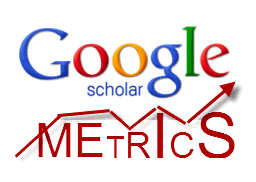

.png)
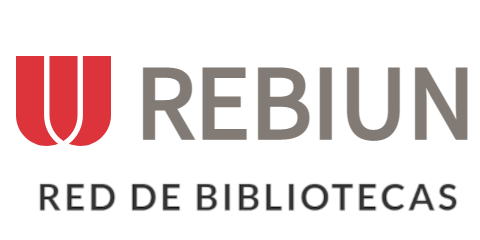







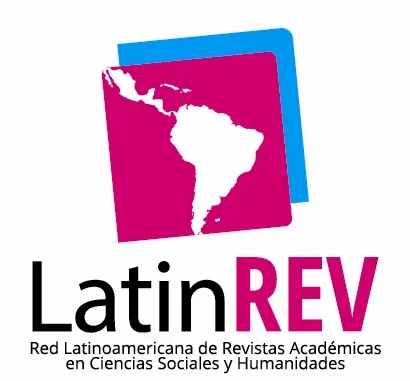

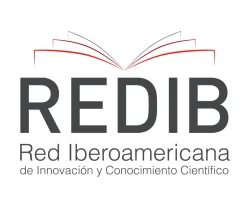


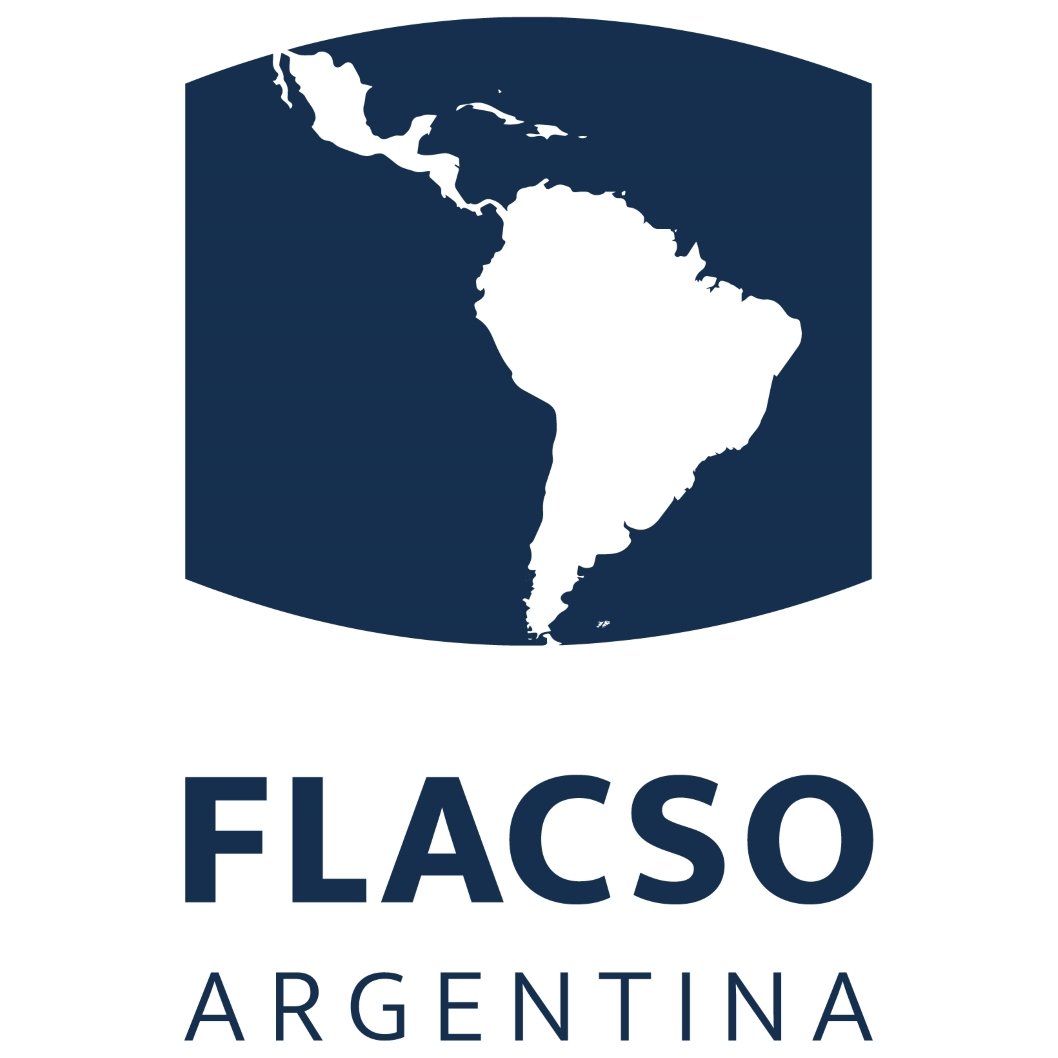
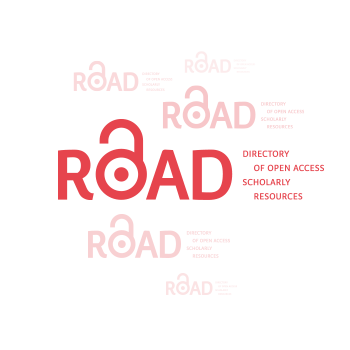

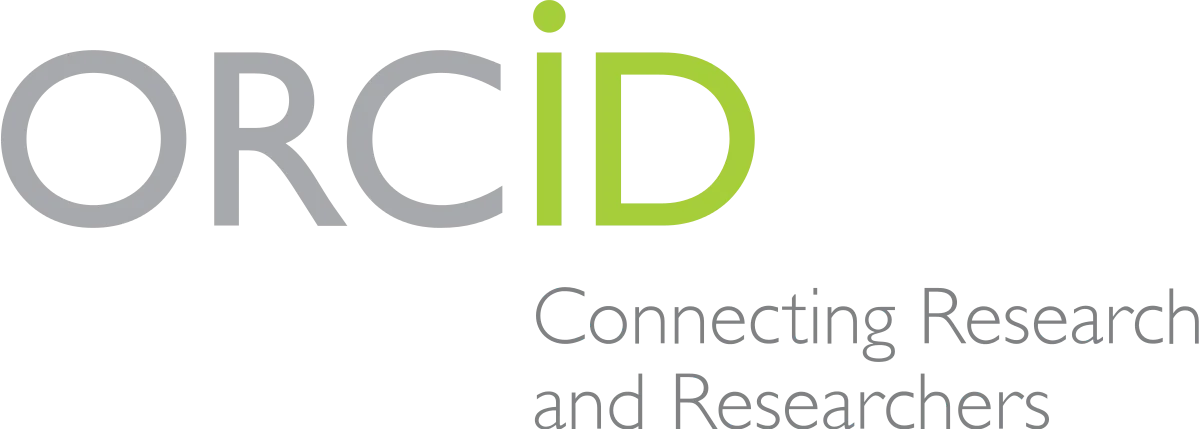



.png)
1.png)


